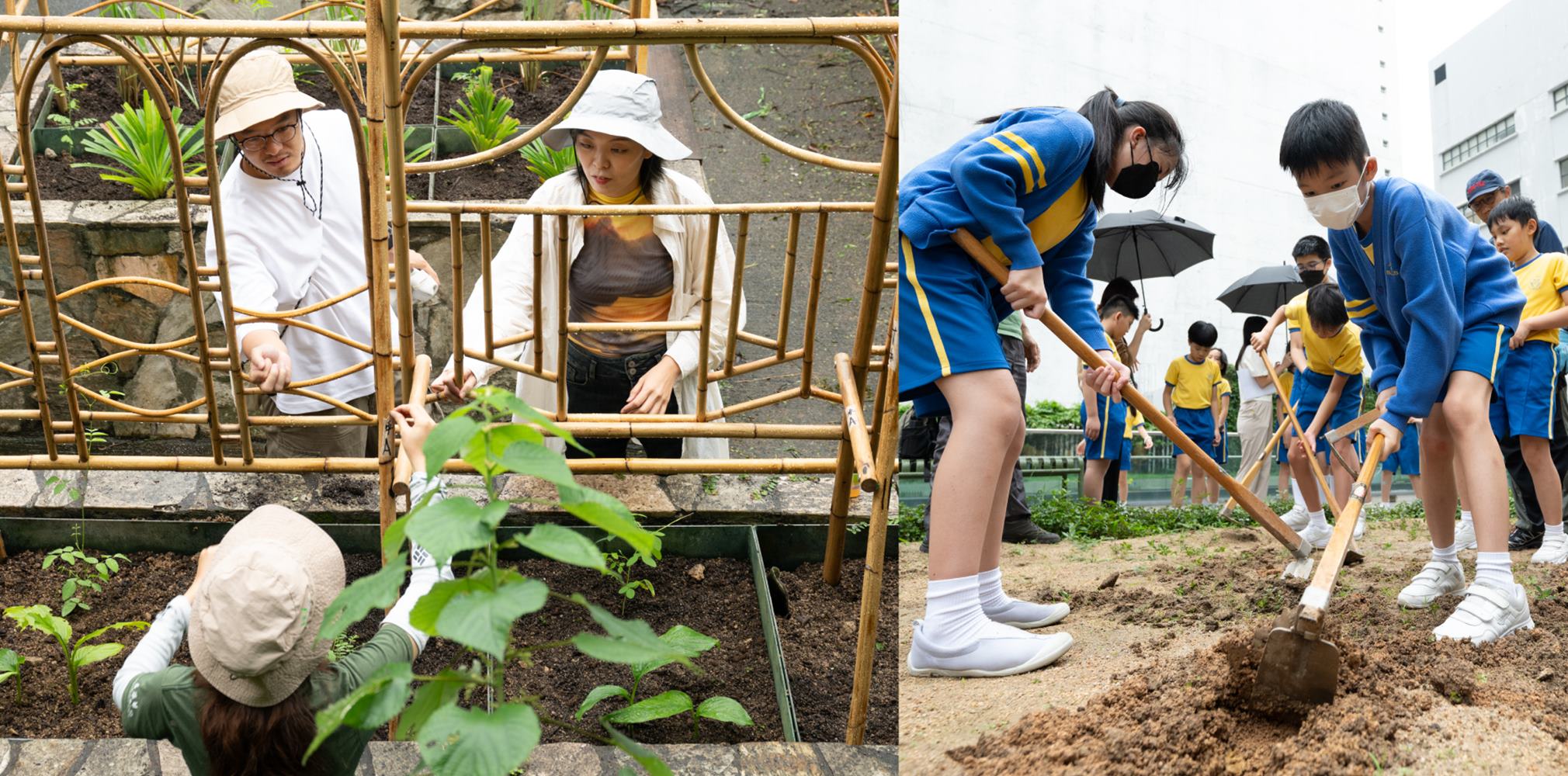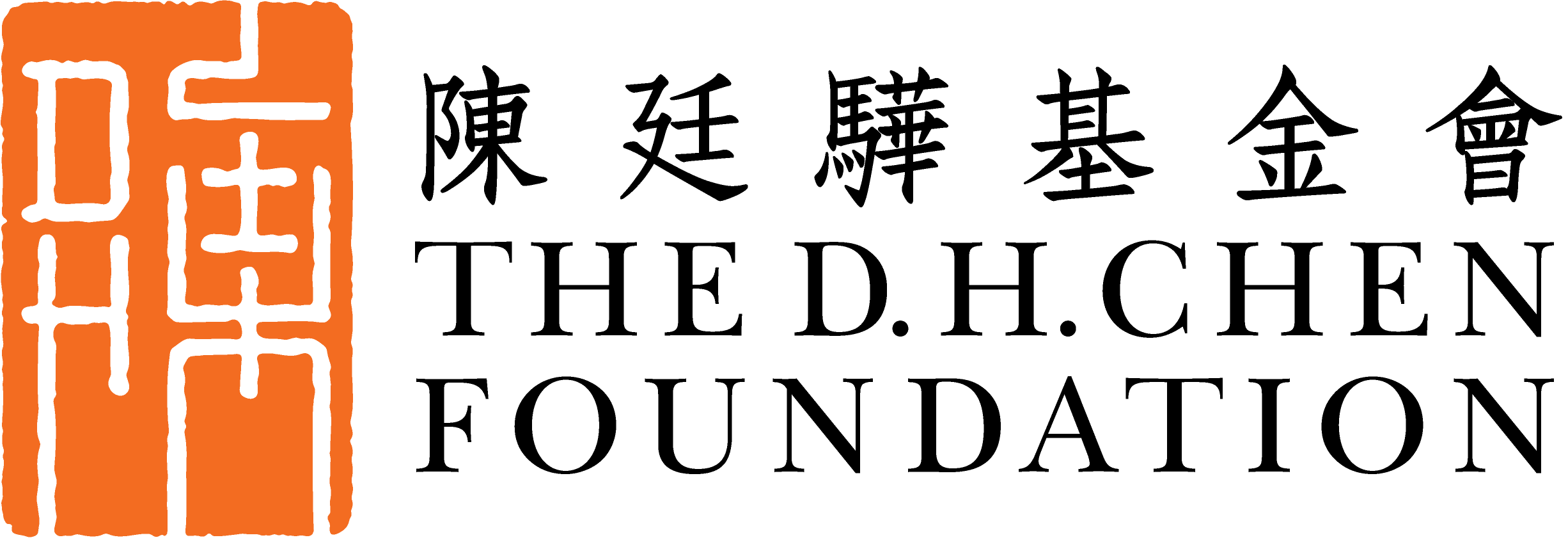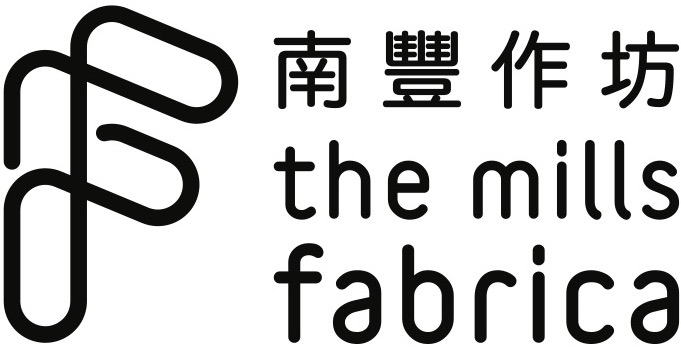To explore the intrinsic relationship between textiles and the environment, CHAT launched the community programme Seed to Textile in 2019, which has since been tracing textile manufacturing to its origin through planting and art making. In this year’s programme, Guangzhou-based artist collective BOLOHO leads a six-month participatory art project that delves into the interactions between nature and the intricate cultural landscape in urban farming.
BOLOHO has initiated research and creative works on state-owned huaqiao nongchang (overseas Chinese farms), which were established to accommodate returned overseas Chinese between the 1950s and China’s reform and opening up, examining the farms’ deep connection with immigrant communities in Hong Kong. Whether as products of China’s planned economy or within Hong Kong’s multicultural urban setting, plants have always been intertwined with the historical shifts and narratives across societies. Some plants were strategic crops under national policy, while others took root in foreign lands alongside the Chinese diaspora. Many of these plants are processed into spices and dyes, bearing imprints of environmental changes and people’s daily lives. BOLOHO starts the programme by cultivating plants with diverse origins, traits and functions in Guangzhou and Hong Kong. Audiences and communities including teachers and students of different ages join BOLOHO in a series of co-creative activities, including planting, dye making, fabric dyeing, sewing, collective painting, collage, performances and video taking, exploring issues of identity, cultural inheritance and emotional connection faced by various groups in their movement, encounters and coexistence.
Participating schools:
Shak Chung Shan Memorial Catholic Primary School, Chai Wan Kok Catholic Primary School, Hong Kong Design Institute (HKDI)
Acknowledgements:
Kadoorie Farm and Botanic Garden, Sustainable Ecological Ethical Development Foundation






